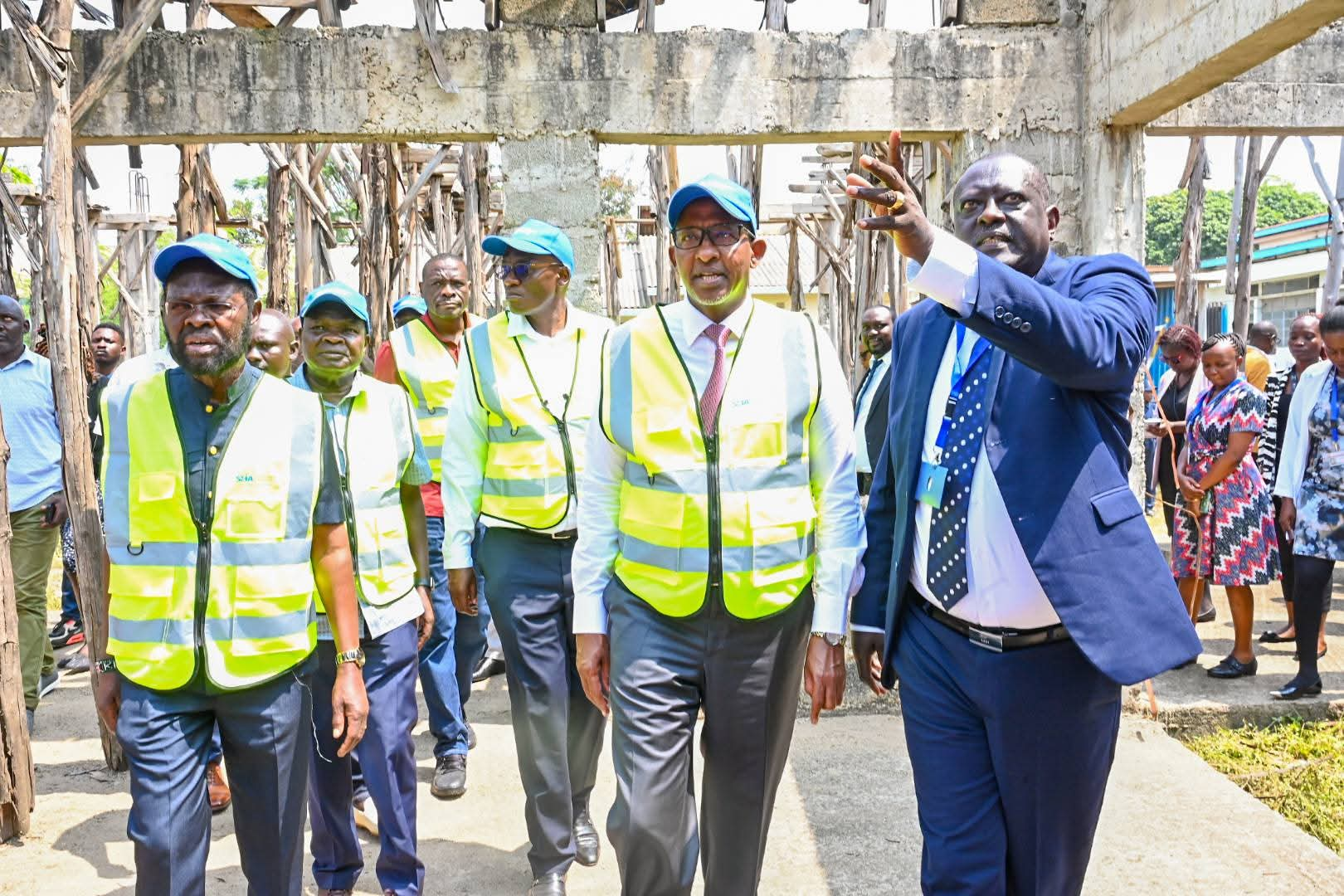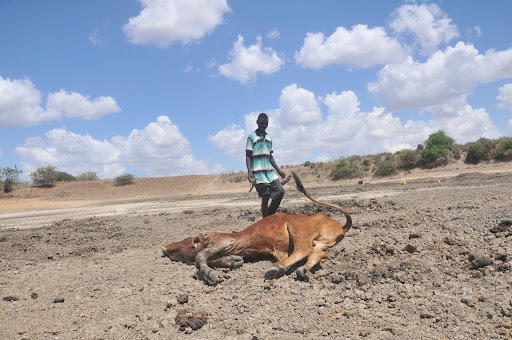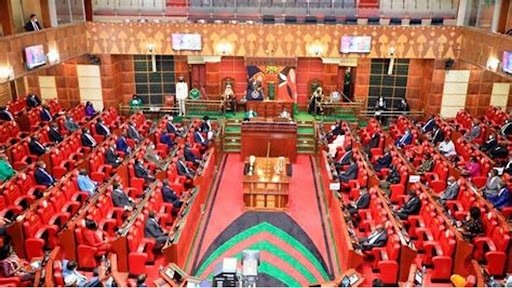

Cancer patients in the Lake Region have received a major lifeline after Health CS Aden Duale pledged Sh500 million toward the completion of a state-of-the-art cancer centre in Kisumu.
The Kisumu Comprehensive Cancer and Hematology Centre will be based at the Jaramogi Oginga Odinga Teaching and Referral Hospital (JOOTRH).
“This investment represents our deep commitment to saving lives,” Duale said during an official tour of JOOTRH.
"We want to ensure cancer patients from Kisumu and surrounding counties no longer have to travel far for treatment."
Present were Kisumu Governor Anyang’ Nyong’o, Medical Services PS Dr Ouma Olunga and JOOTRH CEO Dr Richard Lesiyampe.
The announcement rekindles hope for thousands of patients who have long struggled to access specialised cancer care, often travelling hundreds of kilometres for treatment.
In Kenya, cancer remains the third leading cause of death, accounting for an estimated 27,000 deaths annually.
Roughly 42,000 new cancer cases are reported each year, with breast and cervical cancer most common among women, and prostate and esophageal cancer leading among men.
During the tour, the CS also commissioned a 128-slice CT scan machine, a mammogram unit and a newly installed lift — all part of the National Equipment Support Programme.
Olunga hailed the planned cancer centre as a game-changer not only for Kisumu but also for the entire western region and beyond.
“The elevation of JOOTRH to a fully-fledged Level 6 national referral hospital — on par with Kenyatta National Hospital — was done with this broader vision in mind,” the PS said.
Currently, JOOTRH serves patients from 14 counties across the Lake Region, many of whom endure long waits and exhausting journeys to Moi Teaching and Referral Hospital in Eldoret, which receives up to 150 cancer patients daily for radiotherapy alone.
“With this new cancer centre, we aim to decentralise cancer services, cut down waiting times and bring care closer to where people live,” Olunga added.
Lesiyampe said the emotional and financial toll on families battling cancer is often devastating, especially for low-income households.
“We’ve seen patients abandon treatment midway because of travel, cost and fatigue. This centre will be a lifeline, particularly for the poor and vulnerable,” he said.
The facility, already under construction, is envisioned as a regional centre of excellence in the treatment of cancer and blood disorders, with the capacity to serve not just Kenya but East and Central Africa.
“Early detection remains the cornerstone of successful cancer treatment,” said Olunga said. “The availability of high-end imaging and radiotherapy services at JOOTRH will directly improve survival rates.”
The Kisumu cancer centre, projected to cost Sh1 billion, is part of a larger national plan to decentralise specialised medical care from major urban centres to the counties.
With half of the project funding now committed by the national government, officials are optimistic that construction will accelerate, allowing services to begin sooner.
“This isn’t just another hospital project. It represents dignity, hope and a second chance for thousands of Kenyans battling cancer,” Lesiyampe said.
For patients in the Lake Region, the new cancer centre at JOOTRH could mark the beginning of a healthcare transformation, one where geography no longer determines survival.
Once completed, the centre will house cutting-edge medical infrastructure, including radio-nuclear bunkers for advanced radiotherapy machines, bone marrow transplant units, reducing the need for expensive overseas referrals, and a wide range of diagnostic and therapeutic services using modern imaging equipment.
















